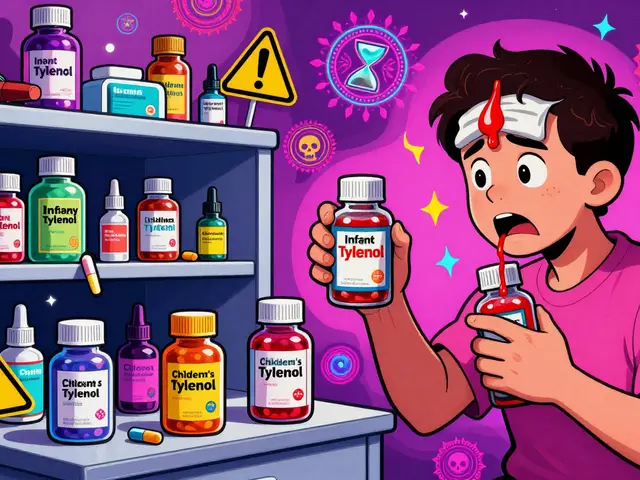Gemfibrozil: what it does and when people use it
Gemfibrozil is a prescription medicine that lowers triglycerides and can raise HDL (the "good" cholesterol). Doctors usually pick it when triglycerides are very high or when other drugs aren’t suitable. It’s not a first-line statin for LDL control, but it can help people whose main problem is elevated triglycerides.
How gemfibrozil works and typical dosing
Gemfibrozil helps the body clear triglyceride-rich particles from the blood by changing how the liver processes fats. The usual adult dose is 600 mg by mouth twice daily—taken about 30 minutes before breakfast and dinner. Take it the same way every day to keep levels steady.
Doctors will check a lipid panel before starting and again after a few weeks to see if it’s working. If you miss a dose, skip it and take the next scheduled dose—don’t double up.
Safety tips: side effects, monitoring, and drug interactions
Common side effects include stomach upset, diarrhea, and sometimes rash. More serious problems are rare but possible: liver enzyme changes, gallstones, and muscle damage (myopathy). If you get unexplained muscle pain, weakness, or dark urine, stop the drug and call your doctor.
Gemfibrozil interacts with several medicines. The most important are statins like simvastatin or lovastatin—using them together raises the risk of severe muscle injury. Some statins are safer than others with gemfibrozil, but combining them requires close medical supervision. Gemfibrozil also increases levels of drugs cleared by the liver enzyme CYP2C8 or by glucuronidation—common examples include repaglinide (risk of low blood sugar) and certain anticoagulants like warfarin (may change INR).
Before starting gemfibrozil, tell your prescriber about all medicines, supplements, and herbal products you use. That includes over-the-counter pain relievers, blood thinners, and diabetes drugs.
Monitoring usually includes liver tests and periodic lipid panels. Your provider may also check creatine kinase (CK) if you report muscle symptoms. People with severe liver or kidney disease generally should avoid gemfibrozil, so be honest about medical history.
Simple lifestyle steps make the drug work better: cut refined carbs and alcohol (both raise triglycerides), lose excess weight, and aim for regular exercise. Those changes often lower triglycerides significantly and may let you use lower doses of medication.
If you’re thinking about buying gemfibrozil online, only use a licensed pharmacy and a valid prescription. Scams sell fake or unsafe pills. Talk to a clinician first—dosing and drug interactions need a real person’s check, not just a web form.
Questions about gemfibrozil? Chat with your doctor or pharmacist. They can explain why it might be the right choice for your triglycerides and how to use it safely with your other medicines.
Gemfibrozil's Role in Managing Cholesterol in Thyroid Disorders
Gemfibrozil, a lipid-regulating medication, offers significant potential in managing cholesterol levels in patients with thyroid disorders. By understanding how thyroid function impacts lipid metabolism, healthcare professionals can tailor treatments for better patient outcomes. Gemfibrozil can be especially effective due to its ability to lower triglycerides and raise HDL cholesterol. Proper use and awareness of possible drug interactions can maximize its benefits while minimizing risks.





